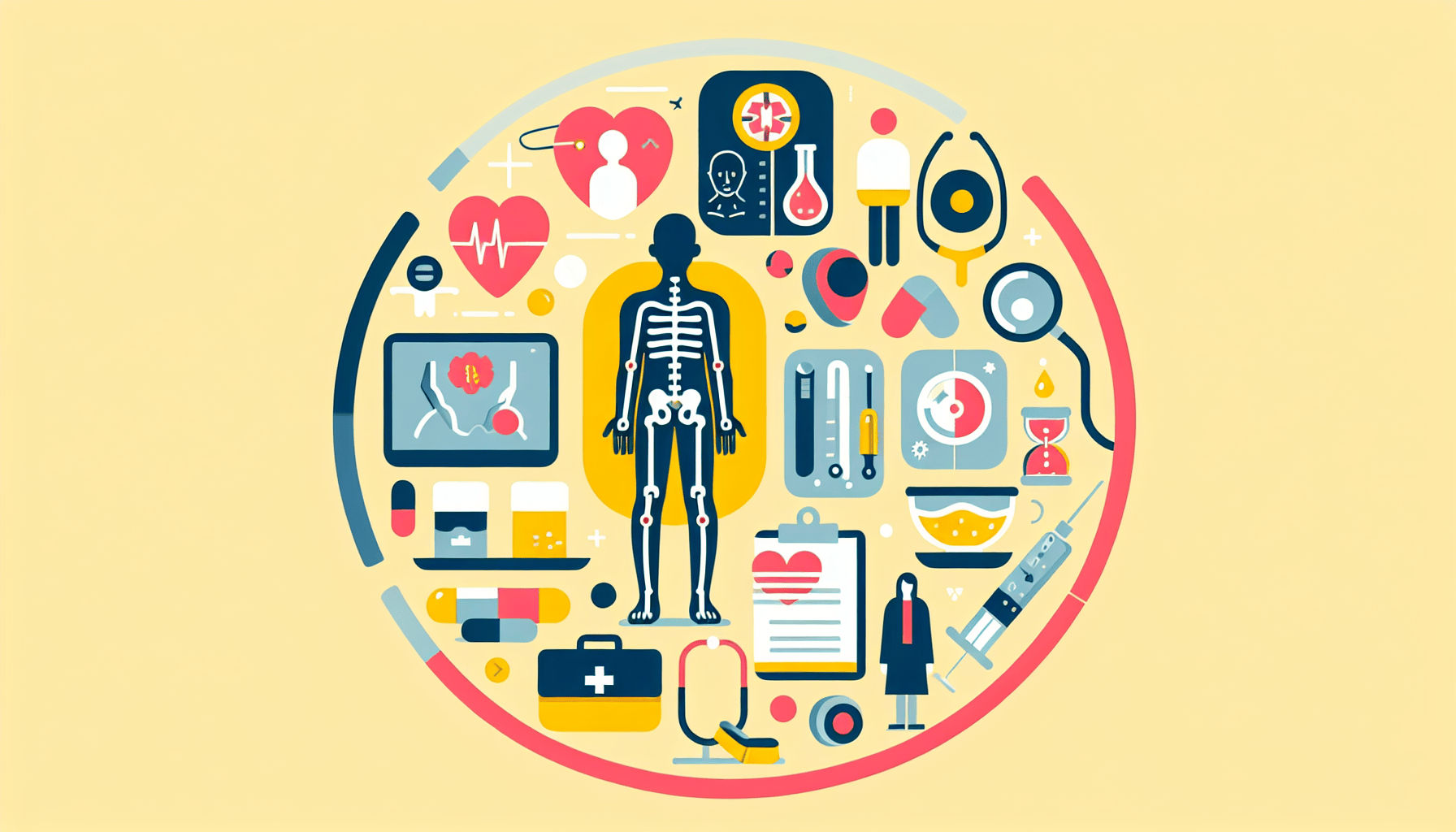Chondrodysplasia is a term that encompasses several genetic conditions affecting bone growth and development. These conditions are often associated with dwarfism, which results in the stunted growth of various body parts, particularly the bones. While some types of chondrodysplasia allow individuals to lead normal lives with minimal limitations, others can cause both physical and mental disabilities.
Common Types of Chondrodysplasia
One of the most common types of chondrodysplasia is achondroplasia. People with achondroplasia, such as actor Peter Dinklage, who portrays Tyrion Lannister in the HBO series Game of Thrones, can generally live a full life with few physical limitations. On the other hand, severe and painful forms of chondrodysplasia, like rhizomelic chondrodysplasia punctata (RCDP1), can lead to bone problems, mental disabilities, and cataracts, with most affected individuals not surviving past childhood.
Causes of Chondrodysplasia
Chondrodysplasias are genetic conditions caused by gene mutations. A child may inherit these gene flaws from their parents, as in the case of RCDP1. Achondroplasia, however, can occur due to a random mutation in a specific gene, although it can also be inherited.
Symptoms and Diagnosis
Symptoms of chondrodysplasia vary depending on the specific type. Some common signs include:
Doctors can usually diagnose chondrodysplasia at birth based on the baby's physical appearance. X-rays and ultrasound can also help confirm the diagnosis by revealing abnormalities in bone size and shape. Genetic testing is available to verify the presence of specific gene mutations.
Treatment Options
Treatment for chondrodysplasia depends on the specific type and severity of the condition. While most treatments do not increase height, they can help alleviate other problems. For individuals with achondroplasia, regular check-ups with a pediatrician may be sufficient to monitor their health and address any complications.
In severe cases, a team of specialists, including physical therapists and nutritionists, may be involved in the child's care. Growth hormones have shown some success in promoting bone development in rare cases, but they are not a guaranteed treatment and do not cure achondroplasia.
Some individuals with dwarfism may opt for extended limb lengthening surgery, although this procedure is controversial due to the risks, pain, and limited height gain. The surgery involves re-cutting the limbs to stretch the bones and using braces to hold them in place, often requiring multiple procedures.
Complications and Support
While most forms of chondrodysplasia are not life-threatening, they can lead to painful and long-term problems, such as:
Back pain
Curvature of the spine
Spinal stenosis
Joint issues
Lung infections
Seizures
Sleep apnea
Doctors work closely with patients to treat and manage these complications. Support groups for families affected by chondrodysplasia can provide valuable information, organize meetings, and raise funds for research. The Billy Barty Foundation offers scholarships to improve the quality of education for students with achondroplasia.
It is essential to remember that most people with chondrodysplasia prefer not to be singled out, although they often face stereotyping and bullying. Seeking counseling can help children cope with their condition and educate others about it.
For more information on chondrodysplasia, visit reputable sources such as the Children's Hospital of Philadelphia, the National Organization for Rare Disorders, and the Little People of America organization.



